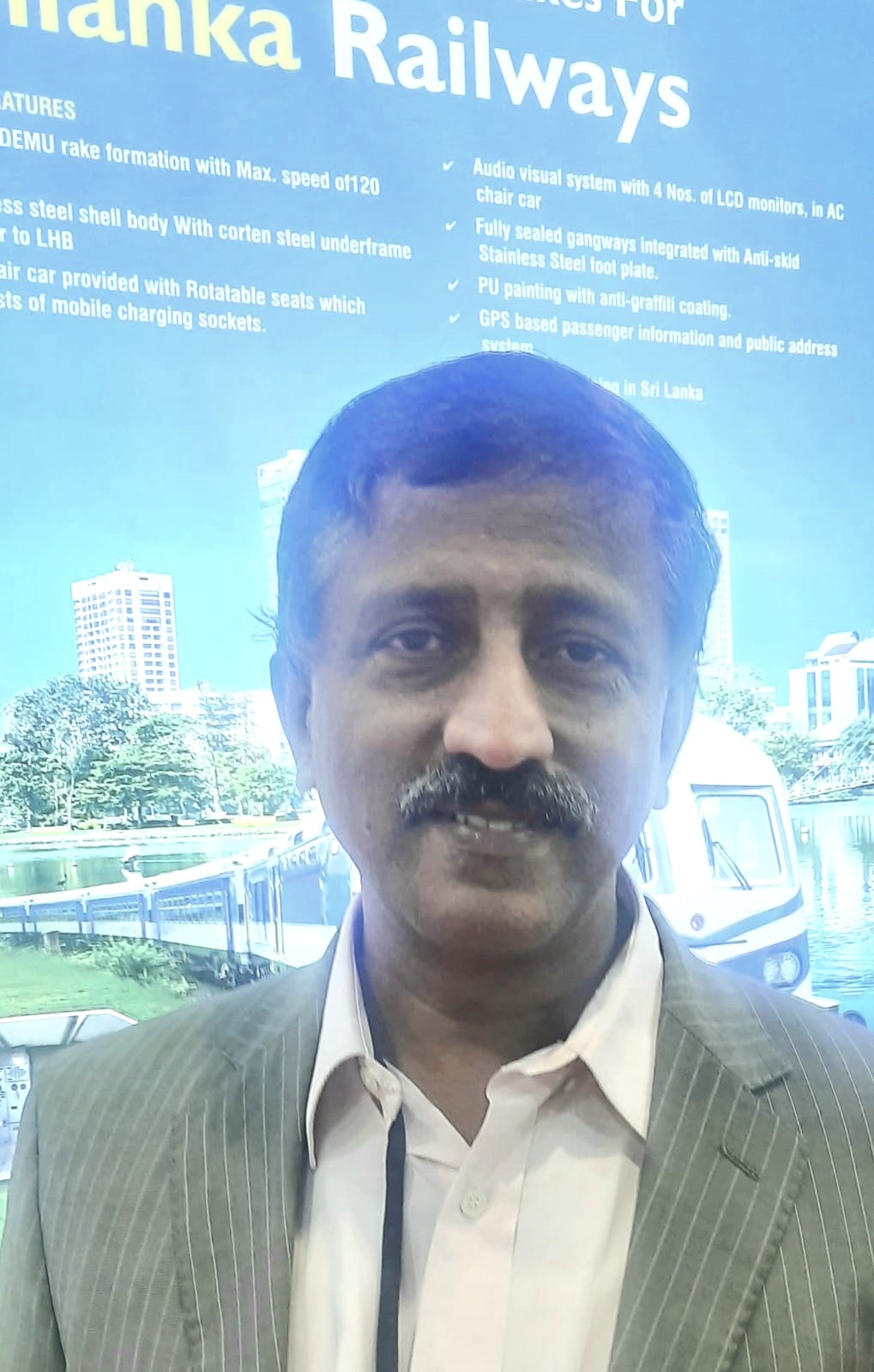Hemangi Bhatnagar, the Chief Empowerment Officer at Sarvam Shakti Foundation, embodies empowerment and resilience. As a former national-level athlete excelling in track events, badminton, and kho-kho, Hemangi was poised to pursue a full-time career in sports. However, societal responsibilities redirected her path. Undeterred, she channeled her discipline and expertise in physical health into transformative initiatives.
From 2009 to 2018, Hemangi played a pivotal role in creating innovative healthy recipes for Whole Foods India, showcasing her commitment to advancing women’s health. Her contributions in this realm remain a testament to her ingenuity and dedication.
In an exclusive conversation with The Interview World, Hemangi sheds light on Sarvam Shakti Foundation’s mission to empower underprivileged girls. Furthermore, she discusses how the foundation provides essential resources and support, enabling these girls to lead healthier and more empowered lives. Hemangi also emphasizes the transformative impact of healthy living on overall well-being and outlines actionable solutions to address pressing challenges in women’s health across the country.
Here are the key insights from her inspiring conversation.
Q: Can you share how the Sarvam Shakti Foundation equips underprivileged girls with the resources and support they need to lead healthier and more empowered lives?
A: At Sarvam Shakti Foundation, our Shakti project transforms the lives of underprivileged girls living in slums by providing training in classical arts and yoga. These girls, often denied access to such opportunities, grow up without exposure to extracurricular activities. Financial constraints prevent them from affording tuition, leaving them disconnected from valuable skills and experiences. We bridge this gap, offering them not only artistic and physical training but also essential knowledge about nutrition and guidance on leading healthier lives.
Over the last 12 years, we’ve redefined their approach to food and well-being. In marginalized communities, hunger often forces a focus on merely filling the stomach, regardless of the quality of food consumed. My team and I have worked tirelessly to change this mindset through continuous dialogue, education, and practical alternatives. Today, I’m proud to say that more than 300 of our girls have embraced healthier choices.
For instance, they have completely eliminated sugary cold drinks and packaged fruit juices from their diets—items often distributed indiscriminately by organizations. We’ve made it a priority to avoid providing such unhealthy options, setting a strong example of mindful nutrition. This transformation, fueled by sustained effort and care, underscores the impact of empowering these girls with both knowledge and opportunities.
Q: How has the shift in these girls’ attitudes impacted their daily lives and overall well-being?
A: These children now enjoy healthier lives and rarely fall ill, unlike their mothers, who often suffer from various diseases by the age of 35 or 40. Previously, it was common for 18- and 20-year-olds to fall sick frequently. To combat this, we provide them with a nutrient-rich diet that includes bananas, gurcana, and a juice made from 16 to 18 fresh ingredients like bottle gourd, carrots, beets, parsley, aloe vera, raw turmeric, and amla. These fresh and wholesome preparations significantly improve their gut biome. With a gut enriched by such high-quality nutrition, their immunity has strengthened, and illnesses have become rare. Remarkably, none of my girls fell sick throughout the COVID pandemic.
Q: Can you explain the health benefits observed in these girls after providing them with millets for three months?
A: The impact of millet was nothing short of magical. For three months, we fed them millet morning, evening, and night. The results were transformative. One of the biggest challenges these girls faced at 18 was excruciating period pain, which significantly improved. Their energy levels skyrocketed—they managed household chores, outdoor work, and even dance and yoga sessions without feeling drained. Hair fall, a common issue in their malnourished communities, drastically reduced. Their skin transformed, with a remarkable glow replacing acne. Most importantly, their cravings for junk food diminished noticeably. This dietary shift was a game-changer on multiple fronts.
Q: What are the key challenges you observe in women’s health, and what strategies or solutions would you recommend to tackle these issues effectively?
A: In their communities, women are often undervalued and overlooked, leaving little to no time for their own health. Their lives revolve around managing households and caring for families, with health never becoming a priority. This neglect presents a significant challenge. That’s why I emphasized the need for women-oriented hospitals—places where women can seek care without losing precious time. As policymakers, it’s crucial to consider establishing specialized women’s hospitals, much like the children’s hospitals we already have. These facilities would allow women to prioritize their health while efficiently managing their responsibilities.










1 Comment
wonderful post, very informative. I wonder why the other experts of this sector don’t notice this. You should continue your writing. I’m sure, you have a great readers’ base already!
Comments are closed.